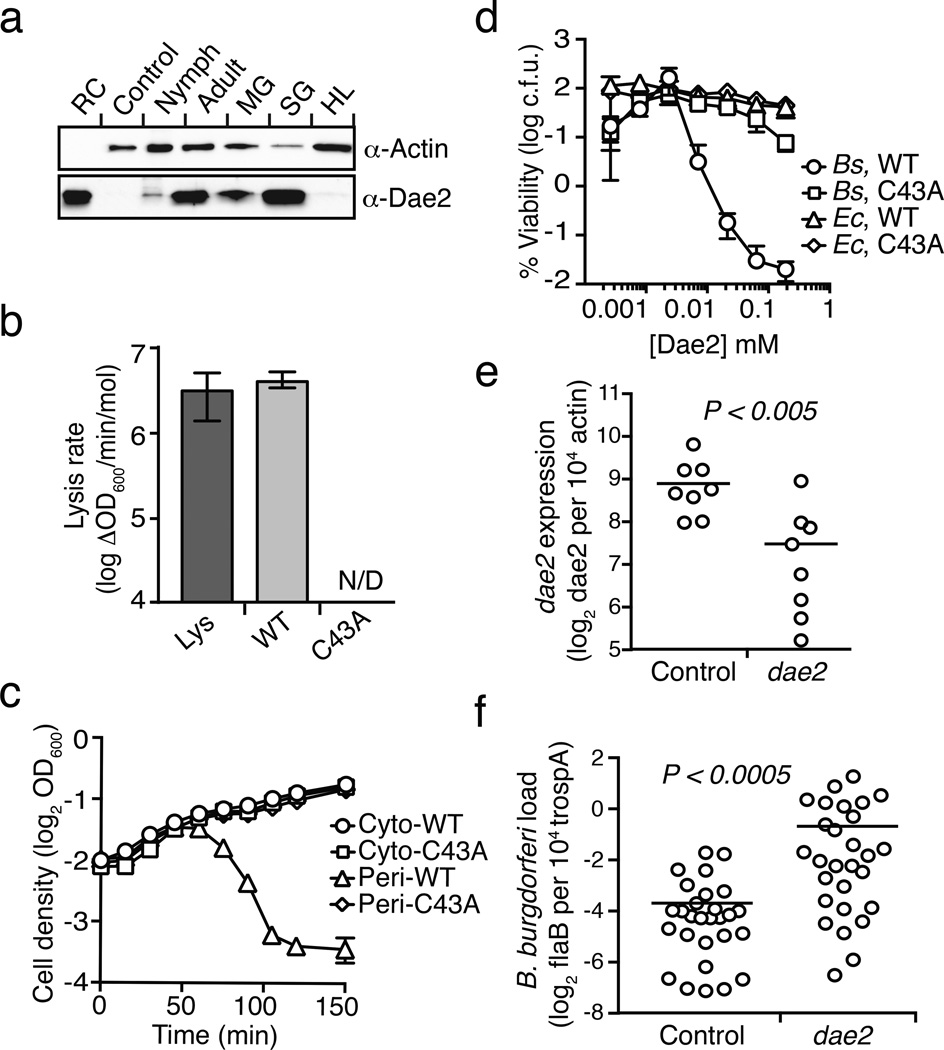Figure 3. Dae2 is a bacteriolytic toxin that restricts the proliferation of B. burgdorferi in the tick I. scapularis.
a, Western blot analysis of Dae2 in unfed adult and nymphal total tissue (total), midgut (MG), salivary gland (SG), and hemolymph (HL) extracts from I. scapularis. Recombinant Dae2 protein (RC) and tissue from a closely related species, Dermacentor variablis (Control), were included. Actin levels were examined as a loading control. b, Lytic activity of lysozyme (Lys) and Dae3 (WT, C43A) proteins against permeabilized E. coli. Error bars +/− s.d., n=3. c, Growth of E. coli expressing native (cyto-) or periplasm-targeted (peri-) Dae2 proteins. Error bars +/− s.d., n=3. d, Bacterial killing activity of indicated proteins against B. subtilis (Bs) and E. coli (Ec) cells. Error bars +/− s.d., n=3. e, Dae2 transcript levels quantified by qRT-PCR in RNAi-treated engorged ticks. f, At 2-weeks post-engorgment, spirochaete levels were quantified in ticks that had received the indicated RNAi treatments, using qPCR analysis of flaB, a B. burgdorferi-specific gene, and normalized to trospa, a tick-specific gene. n=20. Each data point in Figs 3e and 3f represents 3 nymphs. Horizontal bars represent mean values, which were significantly different in a two-tailed nonparametric Mann-Whitney test (p<0.05).

